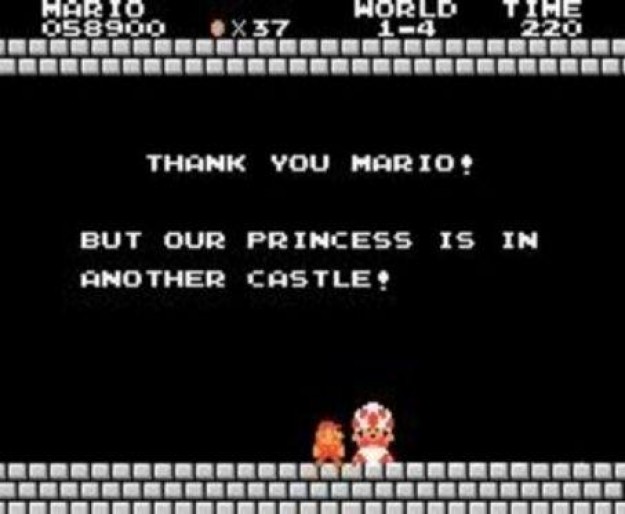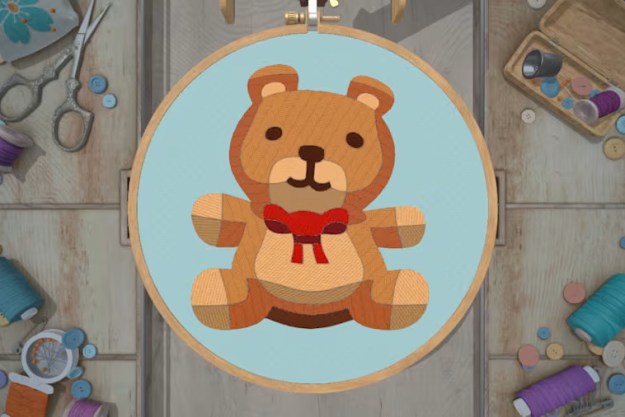
How many people actually finish the video games they buy? Do you always have the time or inclination to see a game through to the end? Can completion rates really be as low as some people are claiming?
In a recent interview, Hitman: Absolution director Tore Blystad claimed that only “20 percent of the players will see the last level of the game”. That sounds like a very low percentage but it’s by no means an isolated claim. Less than a year ago an article on CNN quoted a number of industry insiders on the problem and revealed that the completion rate could be as low as 10-percent.
There’s a dearth of hard data on the subject. In the past it was difficult to measure completion rates but thanks to the trophy and achievement system on consoles it’s now easy to track how many players make it to the ending. Of course there’s some debate over what completion means.
 Trophies and achievements offer skewed results
Trophies and achievements offer skewed results
I triggered the big ending of Batman: Arkham City and yet it estimated my overall progress at 67 percent. The vast majority of gamers don’t fully complete games. Who wants to spend hours hunting for Riddler trophies after all the big baddies have been defeated? Most of us take completion as the ending of the main story arc so trophies can actually give a false impression. Sometimes you have to play a single player campaign twice or more for all the trophies to be unlocked.
This feature on Gamasutra illustrates the issue perfectly. You can see the Gamerscore completion rates for a number of titles compared to the percentages of gamers who got the campaign completion achievement. Unsurprisingly, the Gamerscore completion rates are low, just over 30-percent for Halo 3, for example. However, the campaign completion rates are quite high; over 70-percent of gamers completed the Halo 3 campaign.
Does size matter?
Some of the most popular titles have surprisingly low completion rates. From that same chart on Gamasutra we can see that GTA IV was completed by well under 30-percent of gamers. Rockstar’s western sandbox hit, Red Dead Redemption, is also often cited for its extremely low completion rate. According to this data from Raptr only 5.2 percent of gamers completed the final mission in it. To make it worse that list is from gamers who signed up for Raptr. The actual rate is probably lower. If we take a look at Mass Effect 2, for example, Raptr is reporting a 65.8-percent completion rate for the final story mission. Bioware reported the rate as “roughly 50%.”
As a general rule we could say that the greater the number of hours of gameplay on offer, the lower the completion rate will be. So size does matter, and publishers are reducing the length of games to offer a better rate of return on investment. If multiplayer is intended to be the focus, or at least a big part of a game, then a short single player campaign is generally accepted by gamers. The Call of Duty series is a good example of this formula.

Why don’t people finish games?
Every time low completion rates are discussed you’ll see a familiar range of excuses, from lack of time to an overabundance of other distractions. Modern life is just so jam-packed that none of us can find time to finish a game and still fit in our 30 plus hours of television every week. I think this kind of explanation is a cop out. For me, there are only two reasons not to complete a game: it gets boring and I don’t care, or I hit a wall and can’t progress after multiple attempts.
The inability to progress problem has been drastically reduced by the prevalence of walkthrough videos online. You can very quickly find a solution to whatever you’re stuck on and see exactly how to get past it.
That just leaves the loss of interest. It’s odd that people talk about games as though they’re different from other forms of entertainment in this regard. If I stop watching a TV show after a couple of seasons it’s because I lost interest. If I stop playing a game halfway through it’s because I lost interest. It’s not because I’m too busy and I don’t have the time. If you start to play another game then you clearly have the time. Let’s just admit it, it’s because the game failed to hook you.
Front loading could be the answer

Two games that I think handled this well are Prototype and Star Wars: The Force Unleashed. Give the player a taste of what dizzy heights they might reach in the first level, then pull the rug from under them. If they want to recapture that power they’ll need to play through to the end. At least this way every player gets a taste of what it’s like to reach fully powered up status. Most games give you new powers and weapons gradually as you progress, so it’s not just the content of the final stages you’ll miss out on if you never complete the game.
Adjusting to the gamer
One game which took a different approach was SiN Episodes. Developer Ritual Entertainment tracked all kinds of stats during gameplay and actually had the game adjust its difficulty to cater for the player. If you were progressing too fast and finding the game easy, then more bad guys would spawn in or their tactics would improve to provide a greater challenge. Equally, if you were performing poorly the difficulty would drop to try and prevent you from becoming frustrated. It never really took off, but the dynamic difficulty idea is quite clever, maybe it deserves to be featured more often.
What do you think? Do you finish most of your games? What makes you quit before the end? Should developers make shorter games or front load them? Post a comment and tell us.



